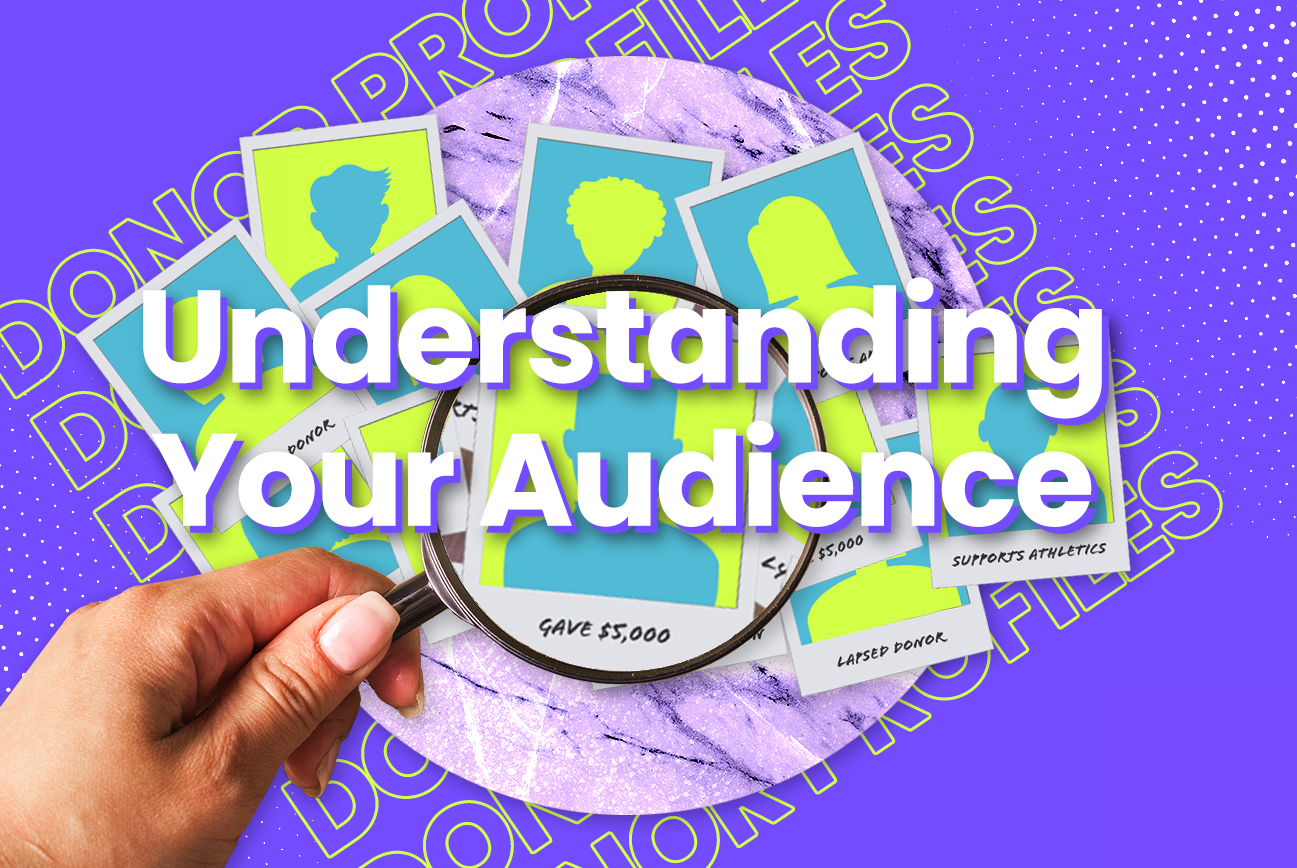Donor acquisition is always on the minds of nonprofit professionals. Yes, it is important to grow your donor base consistently. But don’t just cast a wide net and play the numbers game, hoping someone out there will give! You can do more to advance your mission if you find supporters who fit your ideal donor profile and already identify with your mission!
For example, if your organization works to preserve historical sites, you need to appeal to donors who already care about the history of your area.
You will need to ask yourself what characteristics an ideal donor would have and find people who fit that description.
You will create more powerful communications and raise more money if you concentrate on acquiring donors who already identify with your mission and fit your ideal donor profile.

It starts with understanding your mission.
You need a more complete understanding of why your organization exists and what makes your work so important before you can determine who will be excited to support you. Being in touch with your mission can help you find the best way to talk to donors and show them you’re on the same page.
But we’re talking about going deeper than your mission statement. These often go years without a refresh and can be wordy and unclear. Your mission statement may not resonate with donors as well as you think it does.
When we work with nonprofits on their communication strategy, we ask them a seemingly simple question:
“What is your nonprofit’s mission, without using any of the words in your mission statement?”
This forces you to take a deeper look and come up with a new, less formal way to talk about your work and goals. It helps you clearly explain why your work is so important in a more digestible way.
And everyone in your organization must be on the same page! Nonprofits evolve over time. So, if you haven’t revisited your mission statement in a while, you may find it no longer represents what your organization is all about.
You can’t build a like-minded audience that identifies with your mission if there is any uncertainty about what you’re trying to achieve!
READ MORE: Why do donors disconnect from your mission?

Who is your ideal donor?
Determining which potential donors are a good fit for your organization is different for every nonprofit. No two donors are the same. This is also true of nonprofits!
In general, it’s important to think about your audience’s behaviors and characteristics to determine what your most important donors have in common. Look at your data and analyze these traits to build an ideal donor profile.
For example, do your major donors work in similar industries or live in a specific area? What age group do the bulk of your donors belong to?
A complete donor profile is more than demographic info, like education level, family size, and past giving. You should also consider behavioral and psychographic information like opinions, interests, and lifestyle to better understand who your ideal donors are.
Look into other causes they support or what their hobbies and interests are. For example, if your organization preserves open space, people who enjoy hiking and camping might fit your ideal donor profile.
Asking yourself these questions and finding the answers in your data will help you build donor profiles that can tell you how likely someone is to donate before you even reach out.
Don’t waste time, money, and effort trying to convince someone why the cause you support is important. Someone who fits your ideal donor profile and is likely to give will already understand that!
READ MORE: 3 ways nonprofits use donor data to improve results.

When you make a match.
Your work is not done when you find a donor that fits your ideal donor profile. In fact, you’re just getting started!
Remember, the organization itself is not that important to the donor. They are only really interested in solving a problem that is important to them. Your nonprofit is just the mechanism they use to make that impact.
When you are acquiring new donors, don’t bore them with the details of all your initiatives. Instead, demonstrate the impact these programs have on your over-arching goal. What is most important is showing potential donors that you care about the same things they do, have a plan to address that issue, and have a way they can help.
Thorough donor profiles, complete with psychographic information, make it easy to speak to what motivates your donors and prospects.
So, show them their gift’s impact on achieving their goals.
By this time, you know if a donor is a good fit for your organization. Now it’s your turn to prove to them why your nonprofit is a good fit for them!
Narrowing your focus.
You don’t want to just reach out to everyone and then focus on the donors who do give. Casting a wide net might get you some one-off impulse donations. But this can do your nonprofit more harm than good!
You will spend time trying to secure a second gift from a donor who has no intention to give again. The money you spend on fundraising can do more to further your goals if you focus on donors who fit your ideal donor profile!
These are the people who can provide real value to your organization over time. So, make sure every dollar you spend is advancing your mission!









